Hiker’s Paradise: Summer In Kluane National Park
Summer in the Yukon is an extraordinary time: the weather is balmy, the wildlife is plentiful and the sun doesn’t set until almost midnight. It’s known, after all, as the Land of the Midnight Sun!
One of the most awe-inspiring places to spend some time while in the Yukon is the impressive Kluane National Park and Reserve. Landsby visited this beautiful region in the winter and absolutely loved the gorgeous icy vistas, but it is also a fantastic place for summer exploration. Read on below to find out why!
If this post inspires you to visit Yukon in the summer, be sure to check out Landsby’s incredible Yukon summer experiences or contact us to plan your custom trip.
Where is Kluane National Park and Reserve?
If there is one thing you must know about Kluane is that its scale is almost too big to comprehend. Set in the southwest corner of the Yukon — about 160 km west of the territorial capital of Whitehorse — the park and reserve together (they are side-by-side) take up a whopping 22,000 square kilometres of pristine wilderness.
To put that into perspective, it is about four times the size of Prince Edward Island!
How to get to Kluane National Park?
Highway access to the park is available, although the interior is only accessible through fly-in or multi-day hiking.
From Whitehorse, drive the Alaska Highway west until you get to the small community of Haines Junction. The Junction, as it is called locally, is right at the doorstep to the park. From here, the Alaska Highway heads north and the Haines Highways goes south. Stop in at the Da Ku Cultural Centre, which opens for the season on May 20th and houses interesting Indigenous exhibits as well as the park’s visitors centre.
One hour north of Haines Junction, you’ll also find the Thechàl Dhâl’ Cultural Centre, which is also worth a visit for the many new exhibits created in close collaboration with local First Nations communities.
What to see in Kluane National Park?
Kluane isn’t Canada’s biggest national park — Wood Buffalo NP that sits between Alberta and the Northwest Territories is twice as big — but it is called the land of extremes for a good reason.
Kluane is home to 17 of the 20 largest peaks in Canada, including Mount Logan which is the highest. These snowy giants dot the remote wilderness around Kluane and are crisscrossed by large ice fields, including the largest one in Canada.
The park was declared a UNESCO World Heritage Site due to its spectacular glacier and icefield landscapes as well as its importance as a habitat for Dall sheep, caribou and grizzly bears.
Travellers come from all over the world to experience the beauty of this park’s pristine alpine backcountry: heading out on multi-day hikes and rafting expeditions.
While these expeditions require experience and plenty of preparation, there are actually many amazing ways to experience the park on day trips!
Read on below for a taste of some of the great day hikes available in Kluane.
Day hikes at Kluane National Park
Kluane National Park is indeed a hiker’s paradise and hiking is the top activity for which the park is known. Before heading out on any trail, hikers must be prepared for the elements and cognizant of bear safety as both black bears and grizzly bears call this park home.
One of the best things about Kluane is that many of the hiking trails are easily accessible from the highway and don’t require much hiking experience BUT they still offer stunning mountain views and give you a good taste of the park’s wilderness.
King’s Throne Trail
King’s Throne mountain towers over Kathleen Lake and makes for a spectacular day hike. Rated as moderate-difficult, this steep trail (10 km roundtrip) takes you to an elevation of 1,290 m or 4,200 feet, offering stunning views over Kathleen Lake and beyond. It is one of the most popular hikes in the park.
To access this trailhead, go south from Haines Junction along Haines Highway to the Kathleen Lake access road. The trailhead is located past the campground entrance. The hike starts along an old mining road on the south side of Kathleen Lake before it heads up the base of the mountain. It ends at the cirque or “seat of the throne” with breathtaking views. Some experienced hikers may choose to head to the summit of the mountain, but this route is not marked and adds on an additional 6 km to the hike.
Sheep’s Creek Trail
Sheep’s Creek Trail is a popular hike alongside Thechál Dhâl (Sheep Mountain). Hikers are rewarded with amazing views of the Slims River Valley and, as the name suggests, will often spot the iconic Dall sheep along the way.
This 10-km (roundtrip) moderate hike starts at the Thechál Dhâl trailhead parking lot not far from the cultural centre of the same name. It begins as a steady uphill climb and the first viewpoint will be approximately 2 km up the trail — some hikers will wish to turn around at this point if they are looking for a shorter hike. Those who continue along will find more spectacular views along the way of the River and Kluane Lake.
Shorty Creek Trail
This trail is a bit more difficult to get to as the first 5.5 km require you to head down a very rough 4-wheel-drive road that leads to Mush Lake. But the stunning wilderness of this trail is worth the effort if you are able to go. Hikers are rewarded with stunning views of mountains, deep valleys and fields of wildflowers.
The start of the trail is fairly steep but levels off once it reaches the sub alpine. From this trail, hikers will be able to see Ray Lake down the valley, a popular spot to see feeding moose (bring binoculars).
More hiking trails in Kluane National Park
With its vast wilderness, Kluane offers many more hiking routes — both challenging multi-day hikes and easy hourlong strolls. Visit the park’s website for more details on these hiking routes. We hope this post has given you a taste of the type of terrain you can expect when visiting Kluane National Park and Reserve.
Do reach out to us if you are thinking of planning a trip to the Yukon! And if you haven’t subscribed to our newsletter yet, please do so. You’ll get useful Canadian travel inspiration directly to your inbox!
The form you have selected does not exist.

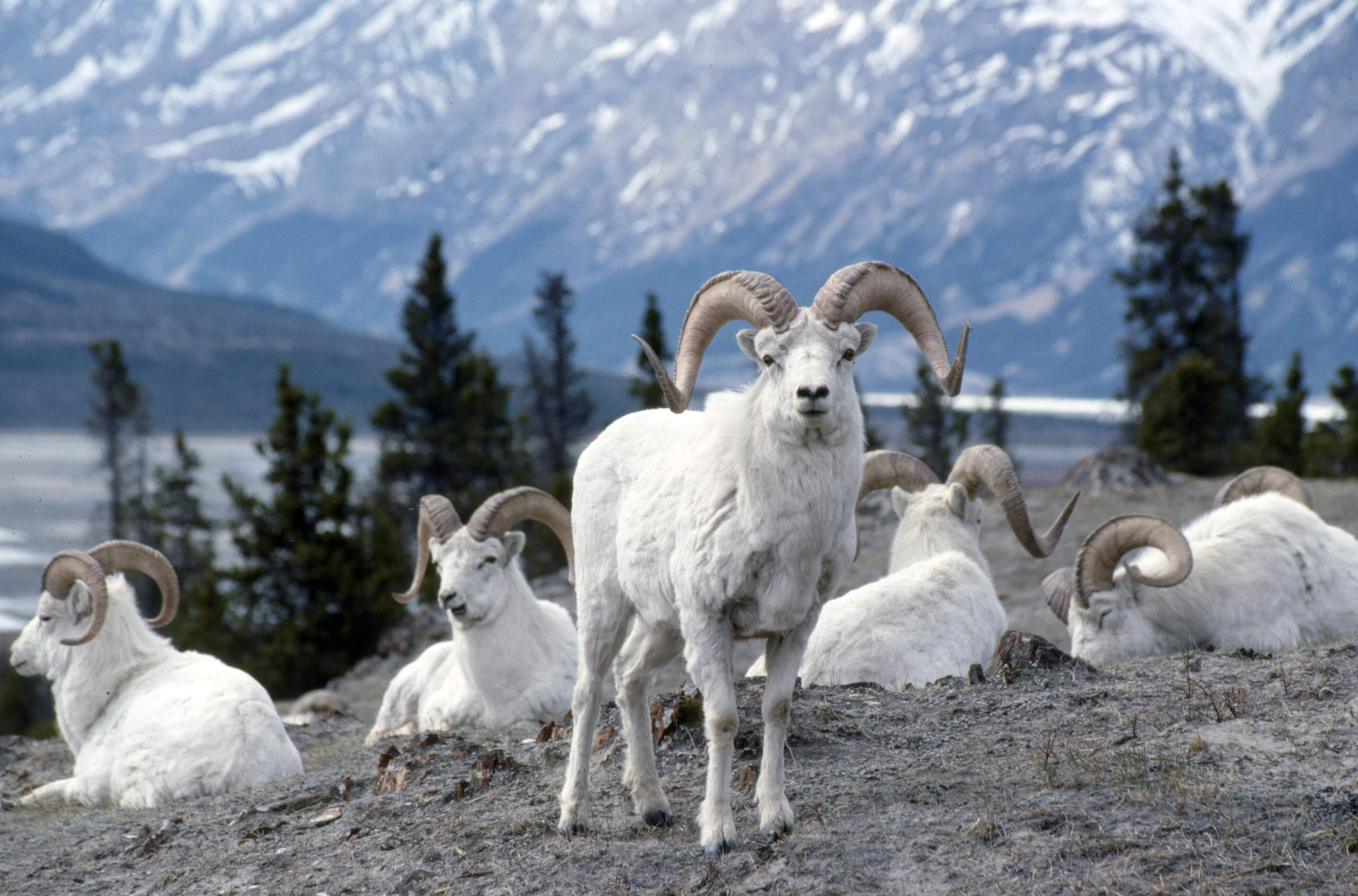

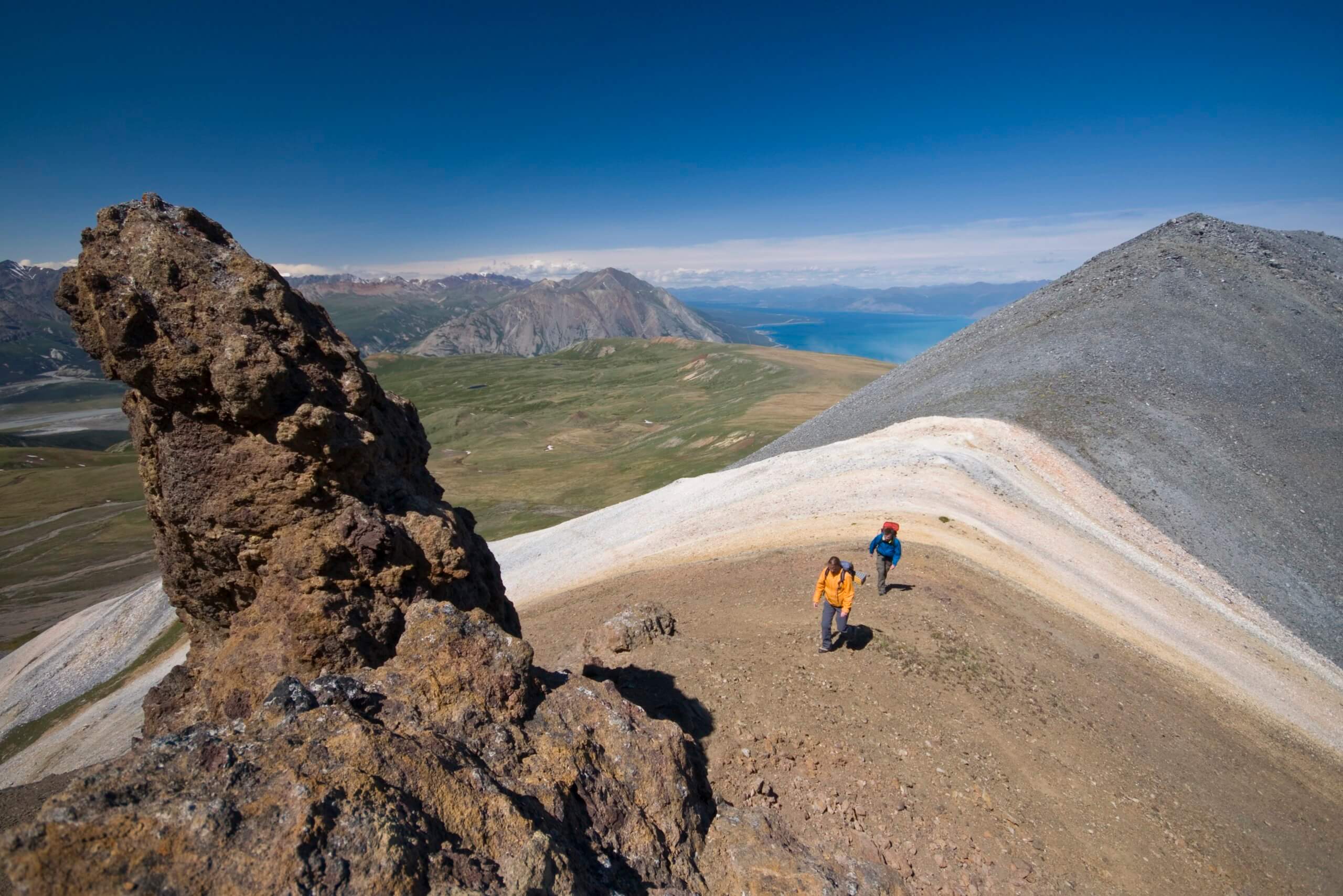
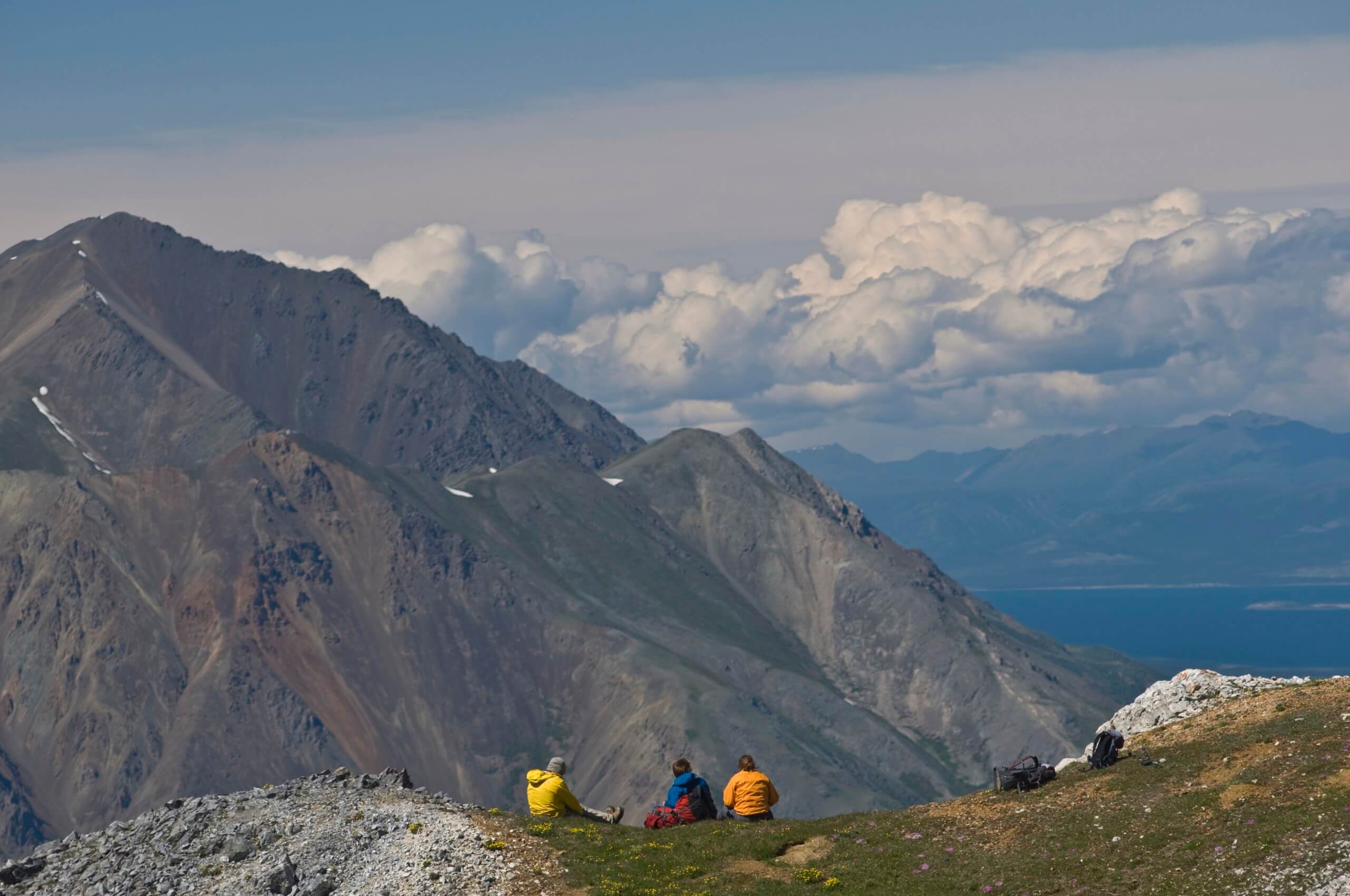
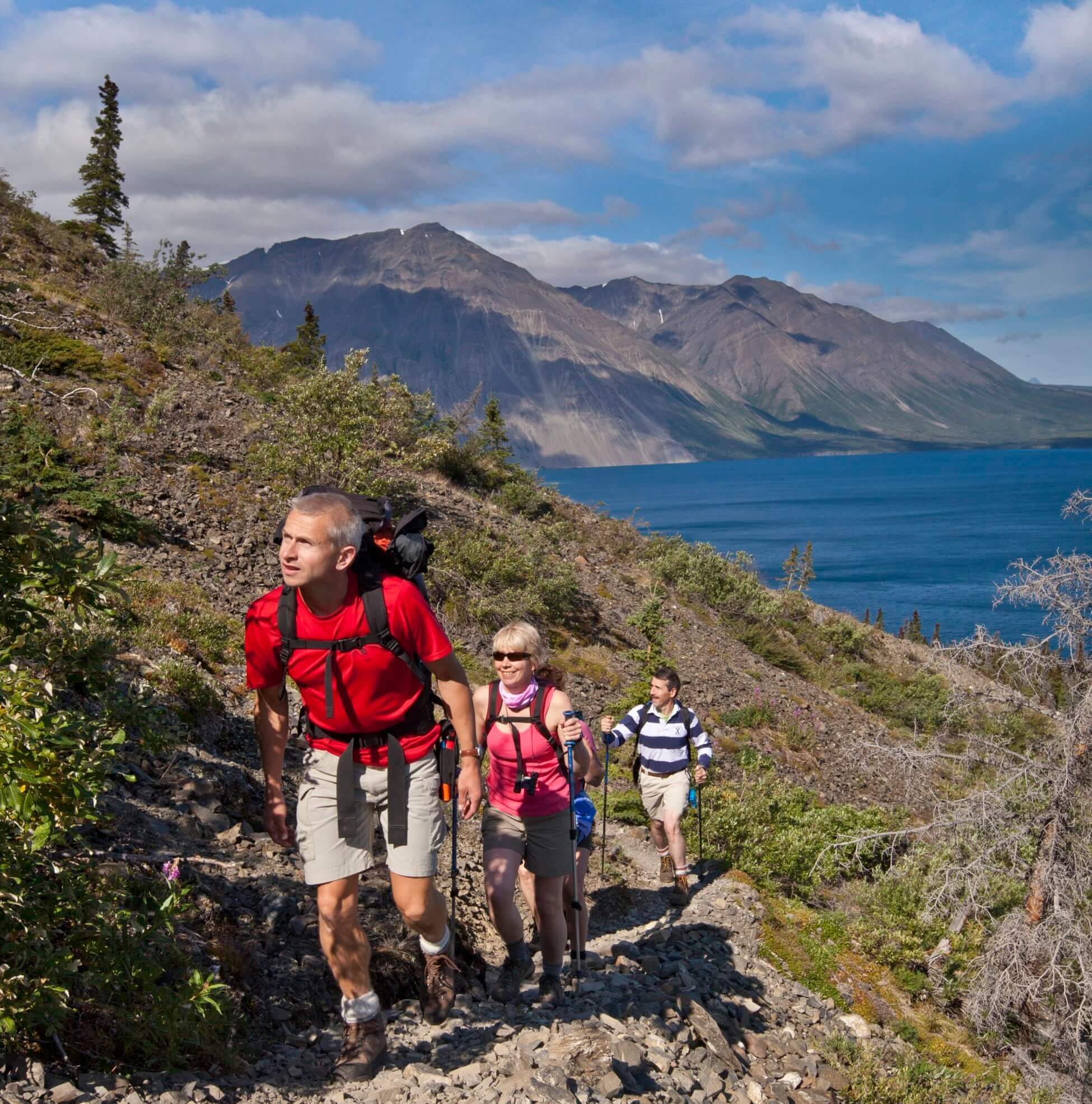
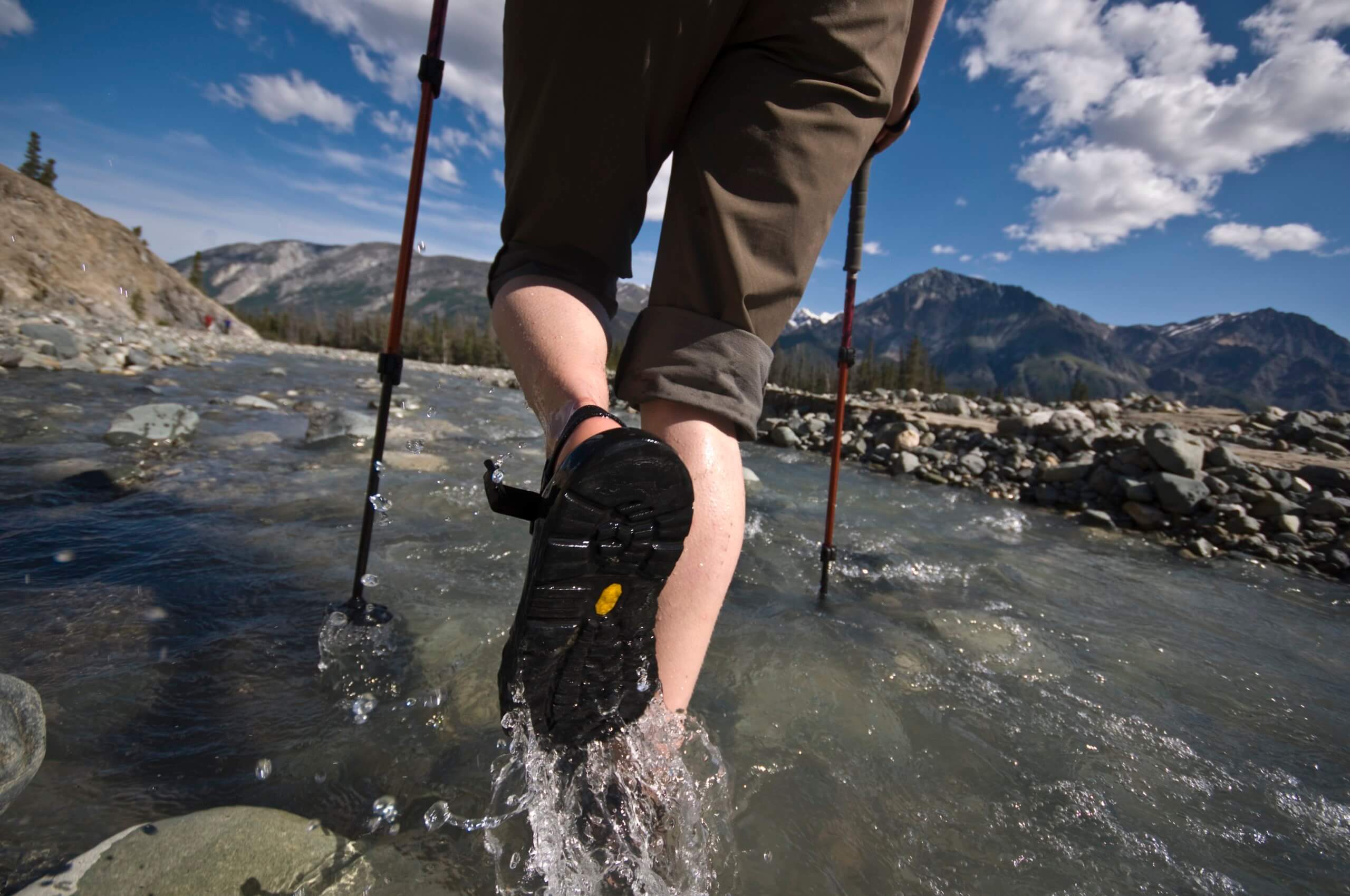

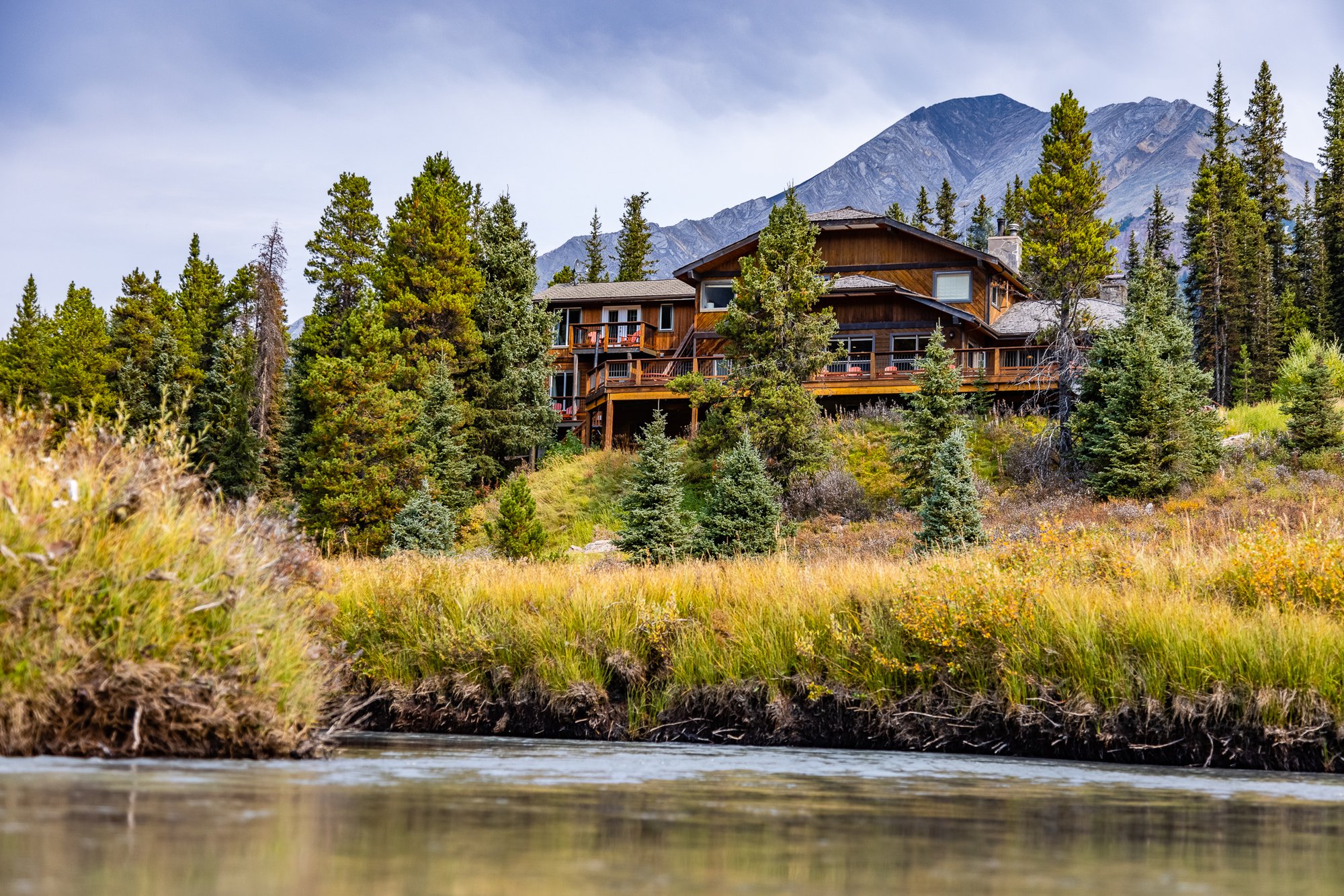
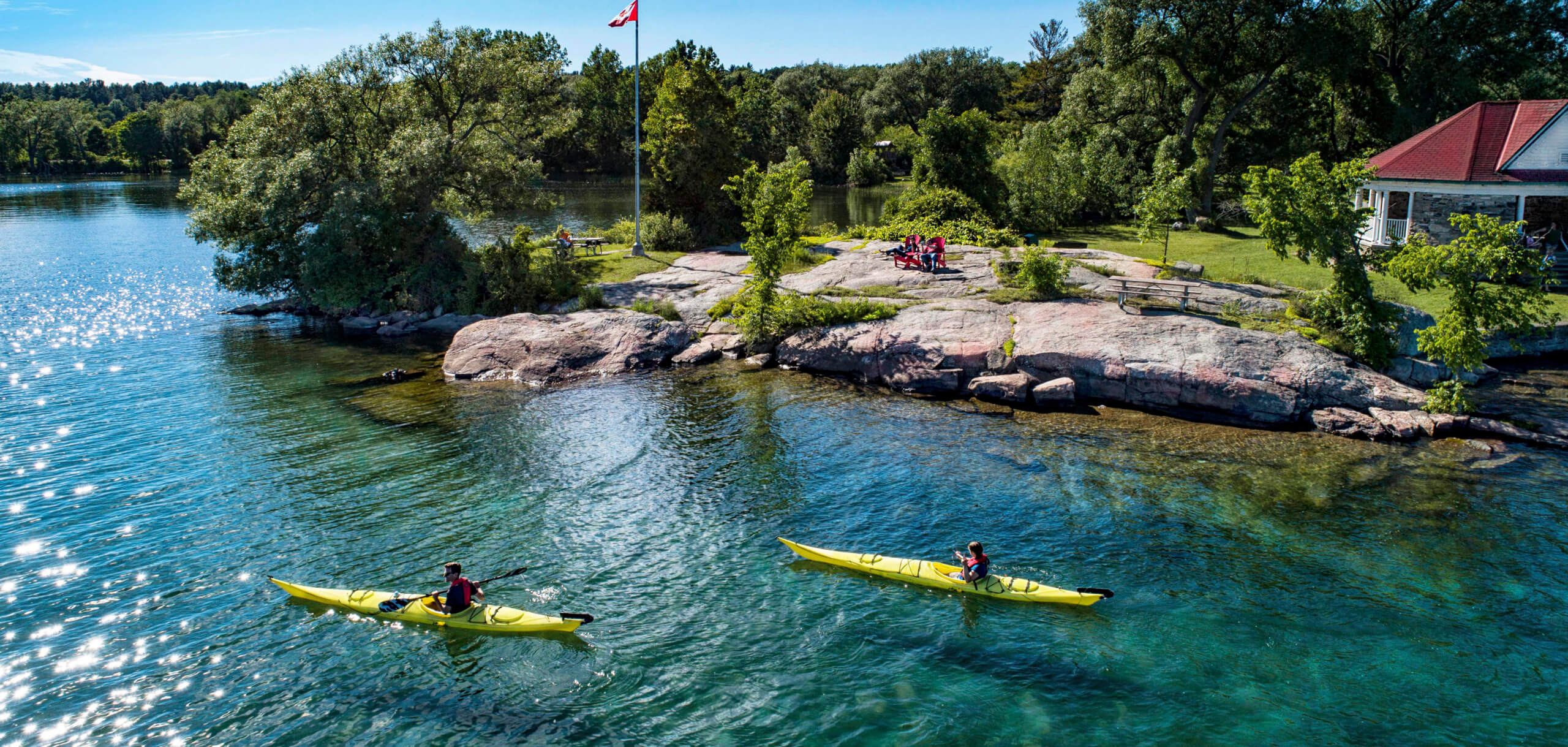
Pingback: National Treasures: A Look At Canada's Natural UNESCO Heritage Sites - Landsby
Pingback: Iconic Canadian Hikes To Put On Your To-Do List For 2022 - Landsby